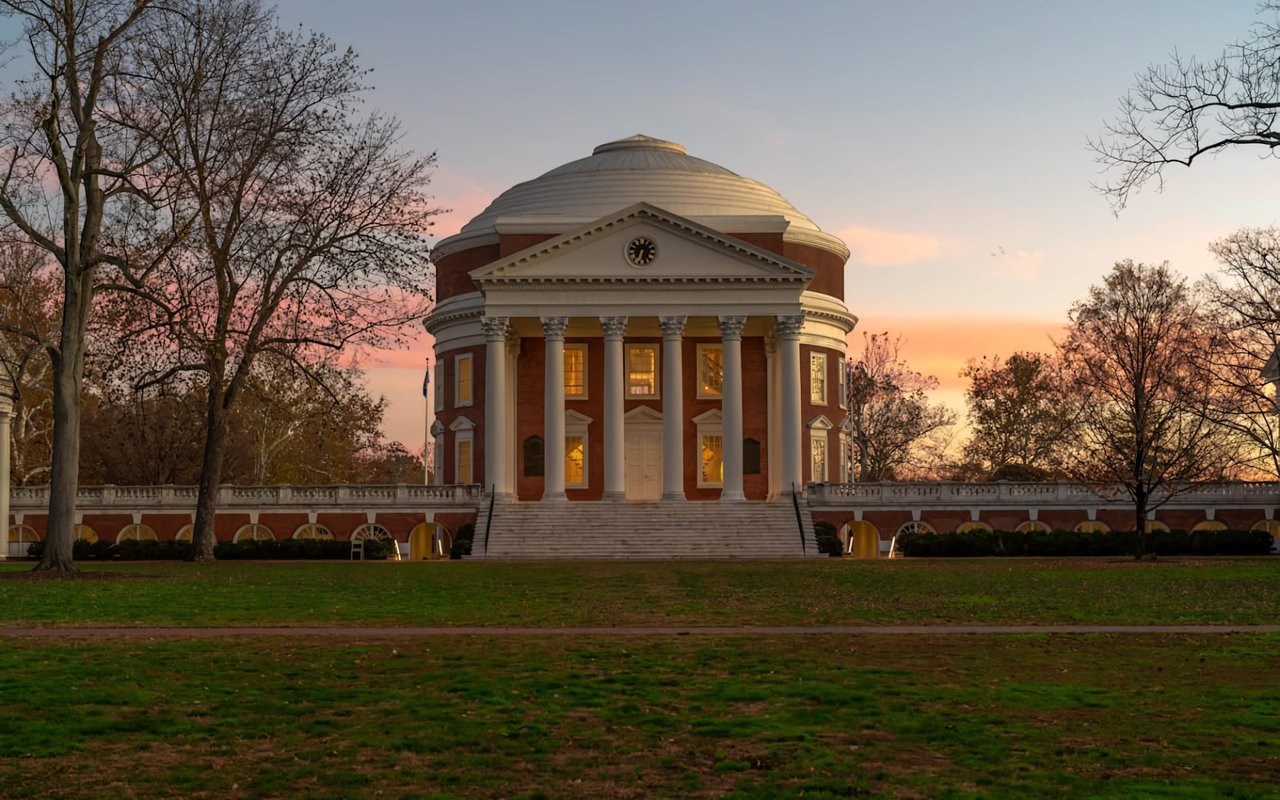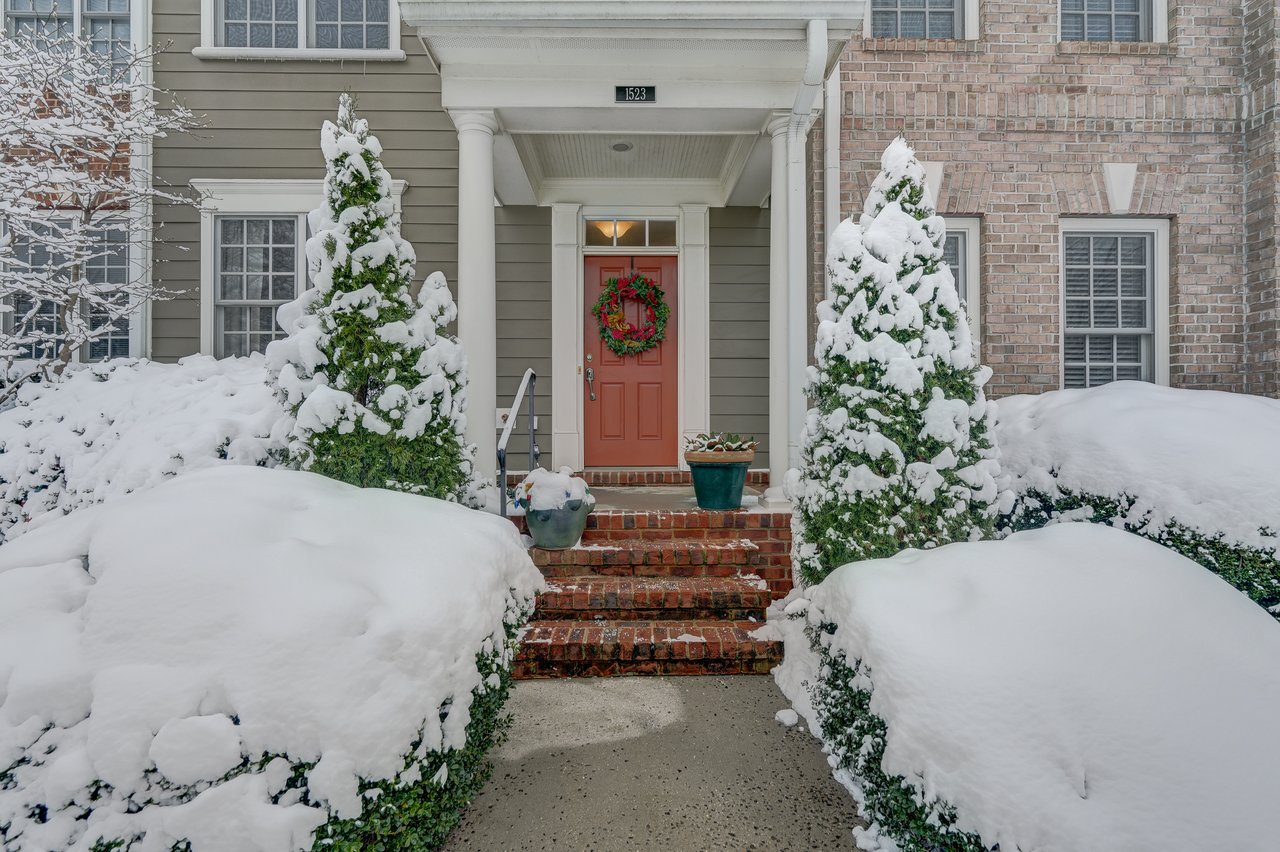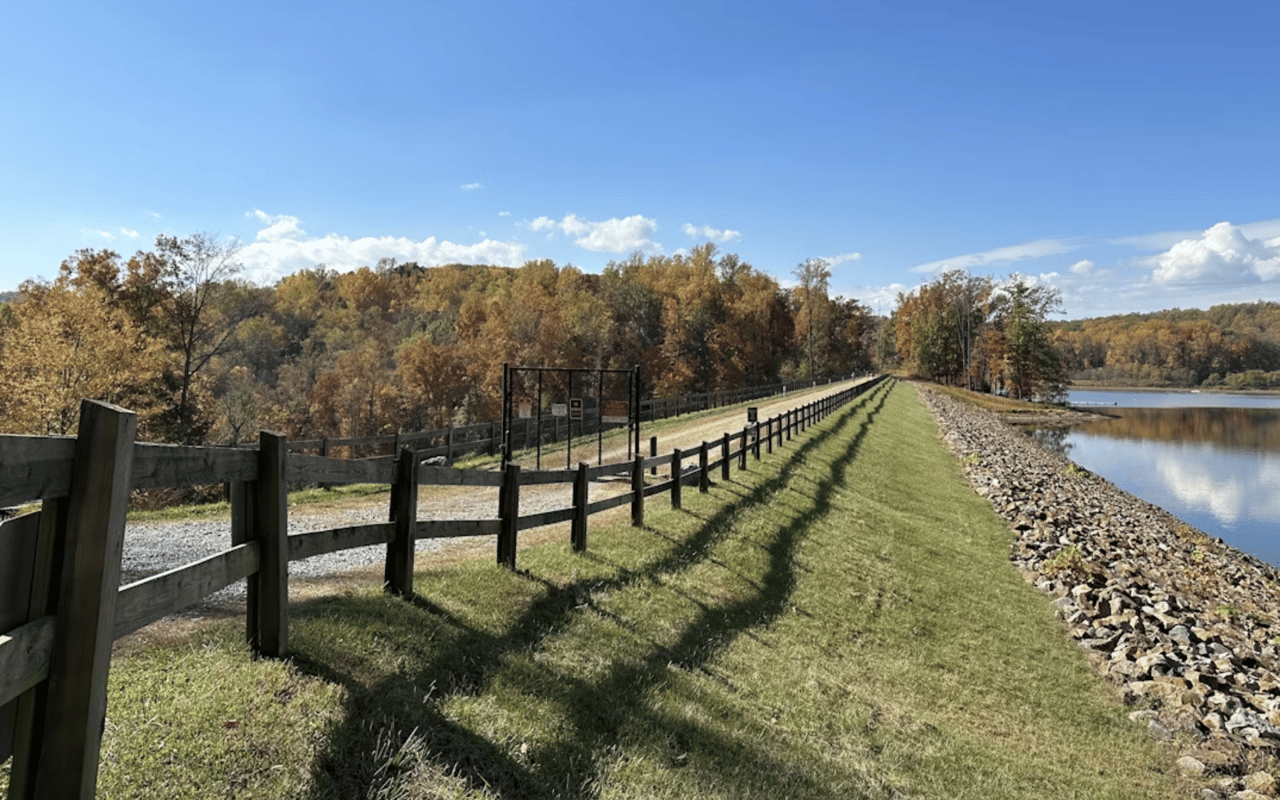Charlottesville, Virginia, often celebrated for its scenic landscapes and rich history, is also a treasure trove of architectural landmarks. Each building tells a story, revealing aspects of the area's past and showcasing a variety of design styles.
From the historic grounds of the University of Virginia to modern architectural feats, this guide explores the most iconic landmarks and buildings in Charlottesville, offering insights into their history, architecture, and significance. Whether you’re a history buff, architecture enthusiast, or a curious traveler exploring Charlottesville real estate, the city has myriad architectural wonders that are sure to captivate. Read on to learn more.
1. The University of Virginia Rotunda
Designed by Thomas Jefferson, the Rotunda at the University of Virginia is not only the focal point of the University but also a symbol of the city itself. It was constructed between 1822 and 1826 and was inspired by the Pantheon in Rome, reflecting Jefferson's passion for classical architecture.
The Rotunda stands as a testament to Jefferson's vision for a university centered around a library rather than a church, which was revolutionary at the time. After suffering a fire in 1895, the building was restored based on Jefferson’s original plans and later designated a UNESCO World Heritage Site. Visitors are often struck by its grandeur and the way it encapsulates the intellectual spirit Jefferson intended to foster.
2. Monticello
Perhaps the most famous of Jefferson’s architectural contributions, Monticello is not just a home but a masterpiece of neo-classical design. Located just outside Charlottesville, this iconic structure was Jefferson's personal residence and the laboratory where he experimented with architectural concepts. Monticello is also a UNESCO World Heritage Site and draws countless visitors who come to admire its unique blend of Palladian and neoclassical motifs, which reflect Jefferson's ideals of beauty and functionality.
3. The Downtown Mall
As a testament to modern revitalization efforts, the Charlottesville Downtown Mall is one of the longest pedestrian malls in the United States. Initially designed in the 1970s by landscape architect Lawrence Halprin, the mall spans eight city blocks and is lined with historic buildings repurposed as boutiques, restaurants, and art galleries. The blending of old and new architectural styles creates a dynamic and vibrant urban space that honors the city’s past while embracing contemporary design.
The Paramount Theater — an early 20th-century building restored to its original grandeur — and the modern façade of the Violet Crown Cinema coexist harmoniously, showcasing the successful integration of different architectural epochs.
4. The Albemarle County Courthouse
The Albemarle County Courthouse, located in Court Square, is an important historical building in downtown Charlottesville. Originally built in 1762 and rebuilt in 1803, the courthouse is an excellent example of colonial architecture. Its classical revival style, characterized by brick construction, a symmetrical façade, and white columns, is a relic of Virginia's early judicial history. The courthouse remains in operation and is part of a larger historic district that includes several other historically significant buildings, offering a tangible connection to Charlottesville’s colonial past.
5. The Chapel at the University of Virginia
Designed by architect Charles Emmett Cassell, the Chapel at the University of Virginia is situated on the university grounds and offers a more intimate glimpse into the architectural history of the area. Unlike the grandeur of the Rotunda, the Chapel is modest yet elegant with its Gothic Revival style, featuring pointed arch windows and detailed brickwork. It was built between 1884 and 1890, representing a departure from the neoclassical style prevalent on the campus, and provides a quiet retreat for reflection amidst the bustling university life. Today, the chapel hosts over 350 events each year, from weddings and church services to memorial services.
6. Farmington Country Club
Originally designed as a private residence by Jefferson for his friend George Divers, Farmington Country Club features a distinctive octagonal design that is rare for Virginia’s architecture. Over the years, it has been expanded and renovated, now serving as the clubhouse of one of Charlottesville’s premier country clubs. The building illustrates the evolution of architectural styles and social functions, adapting architectural principles to meet modern needs while maintaining its historic charm.
7. James Monroe’s Highland
Ash Lawn-Highland, the former home of James Monroe, the fifth President of the United States, represents another significant architectural landmark in Charlottesville. This estate complements the narrative of presidential homes that define much of the region's architectural heritage. Unlike Jefferson's Monticello, Monroe's residence reflects the practicalities and modesty of early American dwellings. The house originally consisted of a simple, one-story structure, which Monroe continued to expand, adding wings and guesthouses that contributed to its rambling appearance. Today, Highland serves as a museum and educational facility, offering insights into Monroe's life and the architectural styles of the early 19th century.
Charlottesville, VA, is a city where history and modernity intertwine. From Jefferson’s neoclassical masterpieces to contemporary urban designs, the city offers a broad spectrum of architectural styles that reflect its spirit. If you’re ready to get started in Charlottesville real estate, consult
The Denise Ramey Team for guidance you can count on.




